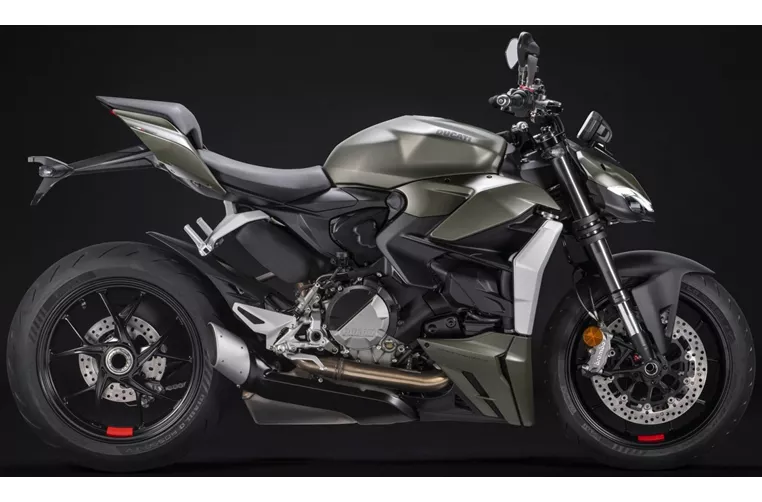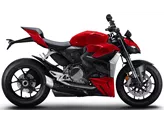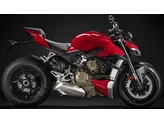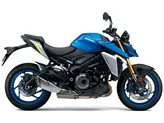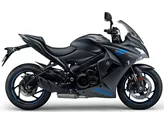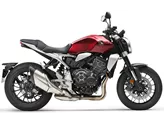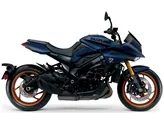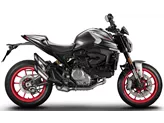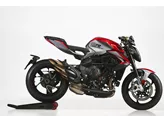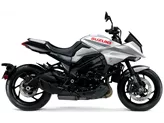Suzuki GSX-S1000 2016 vs. Ducati Streetfighter V2 2022

Suzuki GSX-S1000 2016
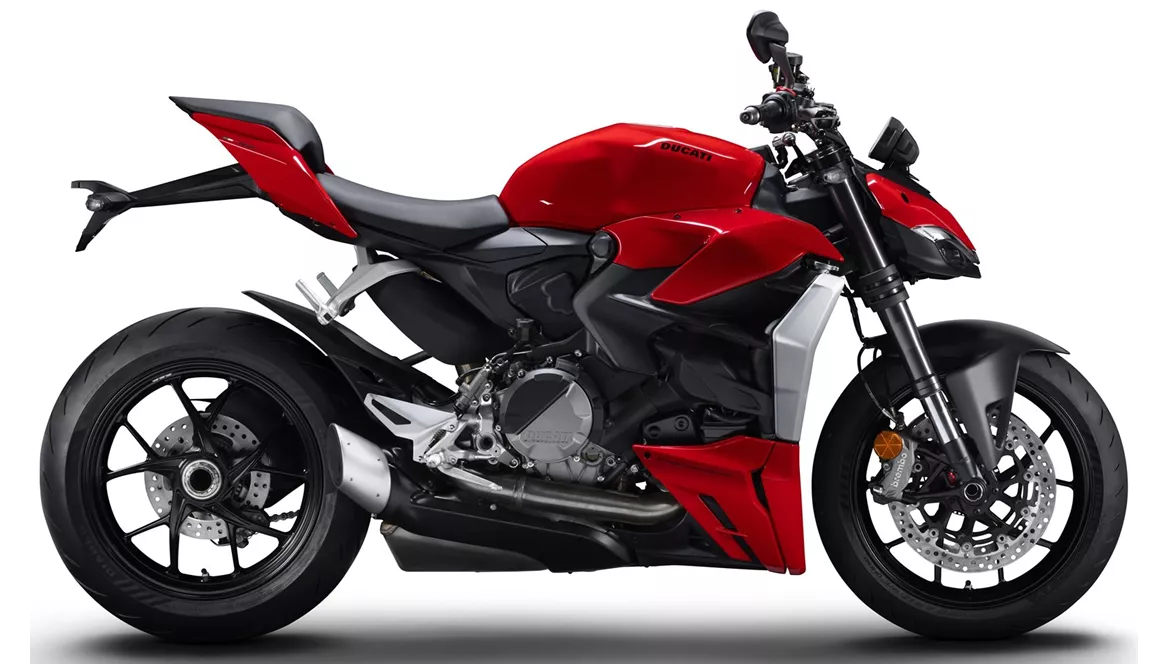
Ducati Streetfighter V2 2022
Overview - Suzuki GSX-S1000 2016 vs Ducati Streetfighter V2 2022
When comparing the Suzuki GSX-S1000 2016 and the Ducati Streetfighter V2 2022, several factors come into play.
Starting with the engine and drive train, the Suzuki GSX-S1000 2016 features an in-line engine with a power output of 149 HP and a torque of 106 Nm. On the other hand, the Ducati Streetfighter V2 2022 boasts a V2 engine with a slightly higher power output of 153 HP and a torque of 101.4 Nm. Both bikes utilize fuel injection systems and have liquid cooling.
In terms of suspension, both bikes come equipped with upside-down telescopic forks at the front. The Suzuki GSX-S1000 2016 offers adjustment options for compression, preload, and rebound, while the Ducati Streetfighter V2 2022 provides adjustment options for compression, preload, and rebound as well. However, the Ducati Streetfighter V2 2022 also features a single swing arm suspension at the rear, whereas the Suzuki GSX-S1000 2016 has a swing arm suspension.

Suzuki GSX-S1000 2016
Both bikes have aluminum frames, but the Suzuki GSX-S1000 2016 utilizes a twin tube frame, while the Ducati Streetfighter V2 2022 features a monocoque frame.
In terms of braking, both bikes have double disk brakes at the front with a diameter of 310 mm for the Suzuki GSX-S1000 2016 and 320 mm for the Ducati Streetfighter V2 2022. Both bikes also have four-piston calipers and radial technology. Additionally, the Ducati Streetfighter V2 2022 has monoblock technology, which enhances braking performance.
When it comes to advanced rider assistance systems, the Suzuki GSX-S1000 2016 is equipped with ABS. On the other hand, the Ducati Streetfighter V2 2022 offers a more comprehensive package, including riding modes, cornering ABS, ride by wire, quickshifter, traction control, and anti-wheelie systems.
In terms of dimensions and weights, both bikes have a front tire width of 120 mm and a front tire diameter of 17 inches. However, the rear tire width differs, with the Suzuki GSX-S1000 2016 having a width of 190 mm and the Ducati Streetfighter V2 2022 having a width of 180 mm. Both bikes have a wheelbase of around 1460-1465 mm, but the seat height differs, with the Suzuki GSX-S1000 2016 at 815 mm and the Ducati Streetfighter V2 2022 at 845 mm. The kerb weight with ABS is 209 kg for the Suzuki GSX-S1000 2016 and 200 kg for the Ducati Streetfighter V2 2022. Both bikes have a fuel tank capacity of 17 liters.
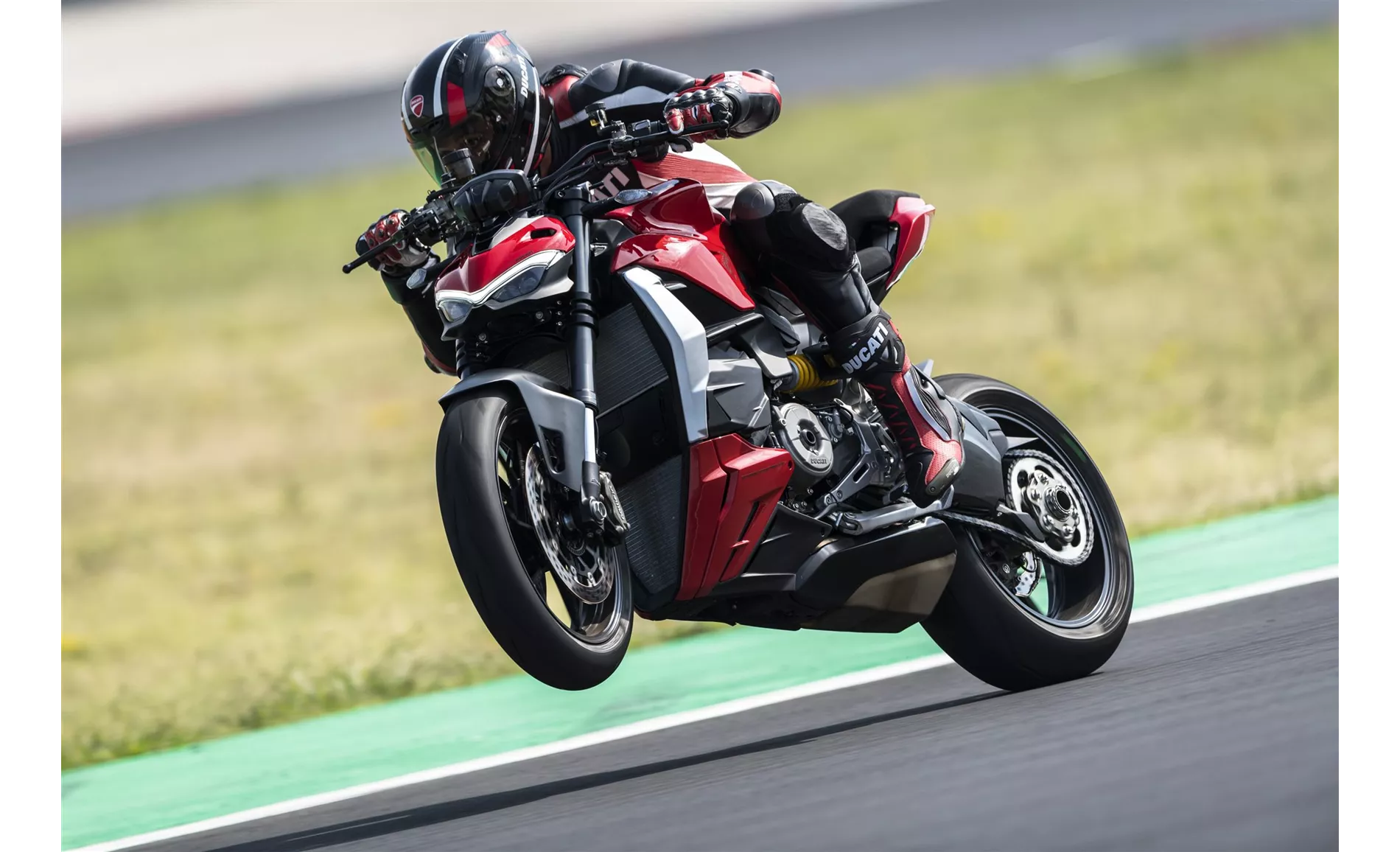
Ducati Streetfighter V2 2022
In terms of strengths, the Suzuki GSX-S1000 2016 offers a powerful engine, good braking control, a stable and sensitive chassis, a comfortable seating position, and a relatively low price. On the other hand, the Ducati Streetfighter V2 2022 boasts a high-revving V2 engine, a comprehensive electronics package, a finely responsive chassis as standard, powerful brakes, precise handling, and a sporty and refined appearance. It also offers a sporty and accessible seating position.
However, the Suzuki GSX-S1000 2016 does have some weaknesses, including a front end that looks too good and a toxic throttle response in the lower rev range. The Ducati Streetfighter V2 2022, on the other hand, lacks a fuel gauge, experiences engine jerks at low revs, and has heat build-up under the driver's seat.
In conclusion, while both bikes have their strengths and weaknesses, the Ducati Streetfighter V2 2022 offers a more advanced and refined package with its higher power output, comprehensive electronics, and sporty design. However, the Suzuki GSX-S1000 2016 may appeal to riders looking for a more affordable option with a powerful engine and comfortable riding position.
Technical Specifications Suzuki GSX-S1000 2016 compared to Ducati Streetfighter V2 2022
Pros and Cons in comparison
Pros and Cons in comparison
Suzuki GSX-S1000 2016
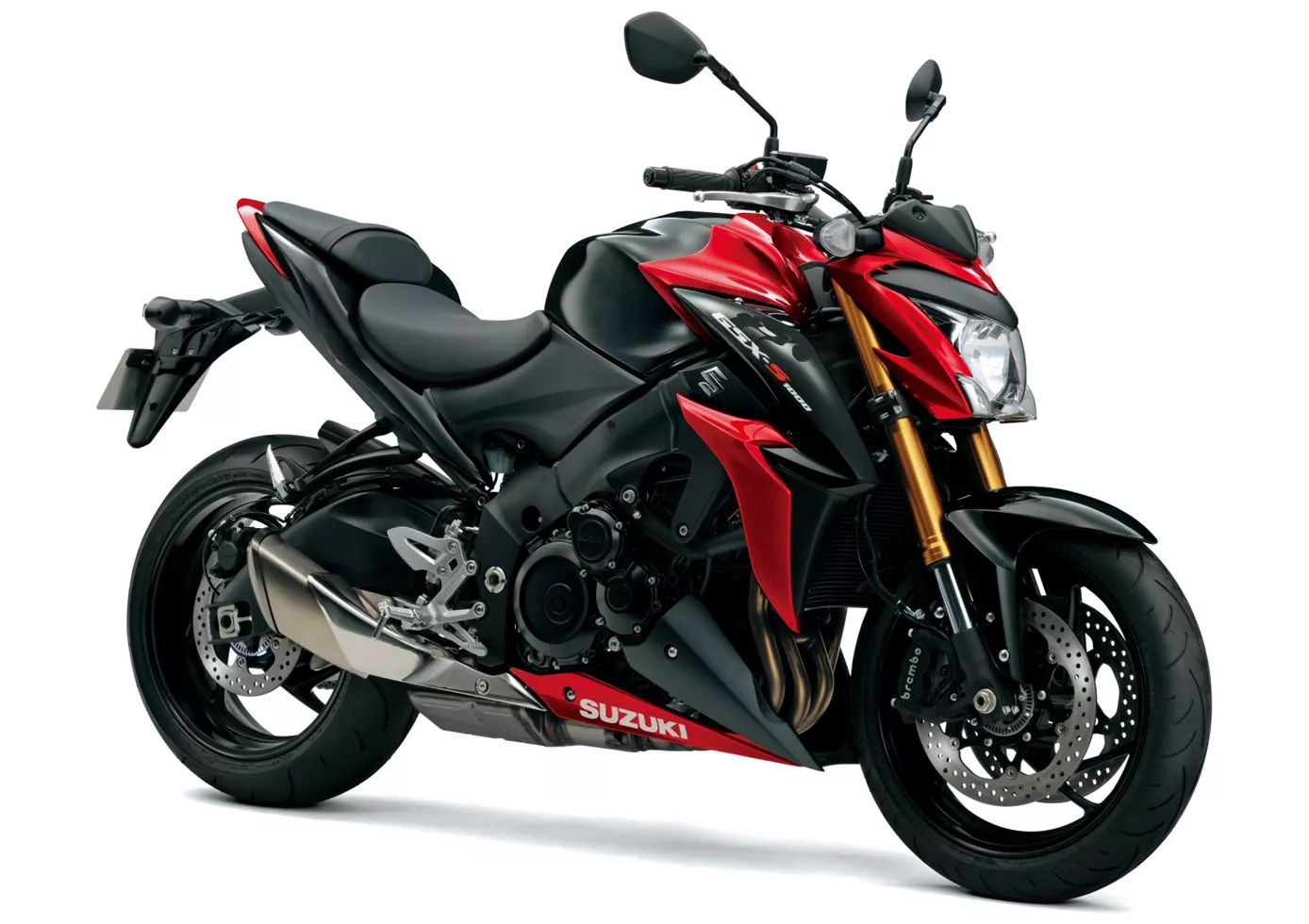
Some might be surprised that after waiting so long, Suzuki did not launch the ultimate, uncompromising power naked bike. Instead, the Suzuki GSX-S 1000 with its 149 hp seems almost too well-behaved. But once you ride it on the race track, you quickly realise that the engine is far more powerful in real life and that the rest of the performance of the chassis and braking system is also impressive. In return, it also offers a large portion of everyday and practical suitability - not bad ingredients when you have to cover everything from everyday to race track with a single bike.
Ducati Streetfighter V2 2022
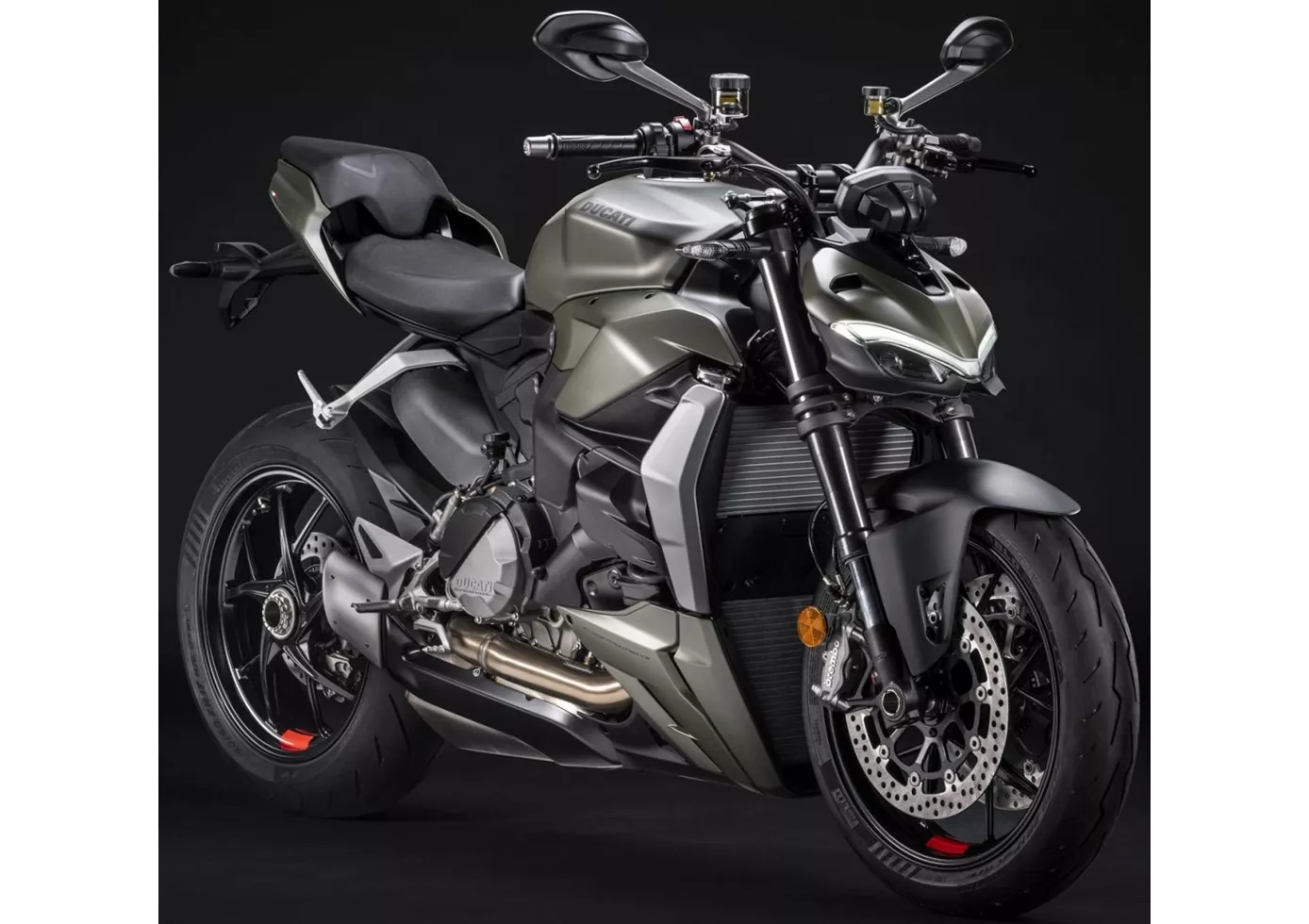
With the Streetfighter V2, Ducati has modified the Panigale V2 super sports bike and made it suitable for everyday use. Despite its visual similarity to the Streetfighter V4, it has a character of its own and also has airs and graces that make life with it a little difficult, but interesting on the other hand. The jerky engine running at low revs obviously doesn't bother Ducatisti, however, and instead they are pleased with 153 hp that hangs well on the throttle, finely responsive chassis components, high-quality brakes and complete electronic equipment - only the fuel gauge was forgotten. Similar to its riding qualities, however, the Streetfighter V2 is also priced upwards in the direction of hyper-naked bikes.
Price Comparison Avarage Market Price Suzuki GSX-S1000 vs Ducati Streetfighter V2
There are a few key differences between a Suzuki GSX-S1000 2016 and a Ducati Streetfighter V2 2022. In terms of price, the actual average price of a Ducati Streetfighter V2 2022 is about 108% higher. Compared to Ducati Streetfighter V2 2022 there are less Suzuki GSX-S1000 2016 bikes available on the 1000PS.de Marketplace, specifically 10 compared to 16. It takes less time to sell a Ducati Streetfighter V2 with 68 days compared to 109 days for the Suzuki GSX-S1000. Since model year 2015 1000PS.de editors have written 36 reviews for the Suzuki GSX-S1000 and 12 reviews for the Ducati Streetfighter V2 since model year 2022. The first review for the Suzuki GSX-S1000 was published on 27/09/2014 and now has more than 17,100 views. This compares to more than 59,900 views for the first review on Ducati Streetfighter V2 published on 11/11/2021.

